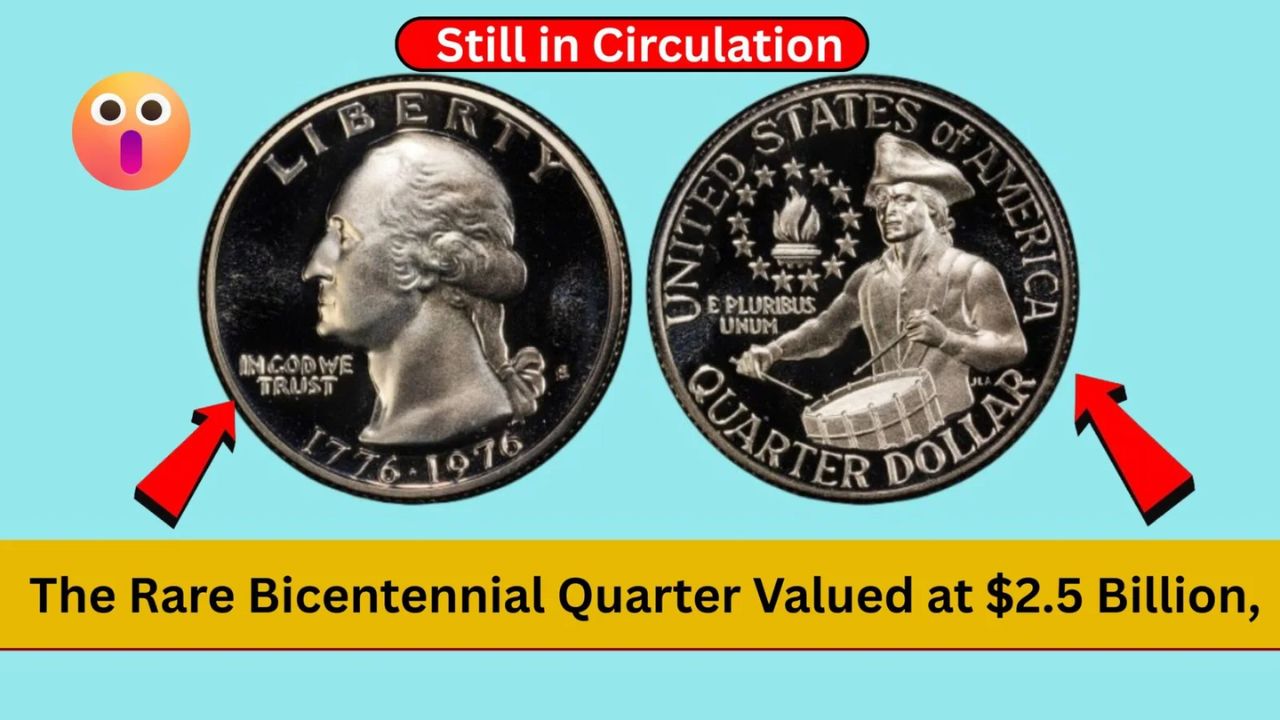Most of us don’t think twice about the pennies we collect in jars or leave rattling around in our cars. But what if one of those humble coins was worth an unimaginable fortune? Believe it or not, rumors are swirling that a rare Lincoln Wheat Penny could be worth nearly $4 billion! Sounds like a fairy tale, but for coin collectors and history enthusiasts, this little copper coin is a symbol of both American history and incredible value.
Let’s dive into the fascinating story behind the Lincoln Wheat Penny, why it’s so sought after, and how you might spot one in your own pocket change.
Quick Facts About the Lincoln Wheat Penny
| Feature | Details |
|---|---|
| Coin Name | Lincoln Wheat Penny |
| First Minted | 1909 |
| Designer | Victor David Brenner |
| Material | 95% copper, 5% tin and zinc |
| Key Rare Year | 1943 (Bronze error) |
| Estimated Value | Up to $4 billion (rumored) |
| Status | Some still possibly in circulation |
A Design That Honors History
First introduced in 1909, the Lincoln Wheat Penny was created to honor Abraham Lincoln on the 100th anniversary of his birth. It was the first U.S. coin to feature a real person—a significant departure from previous designs that showcased symbols like Lady Liberty. Artist Victor David Brenner designed the penny, giving it a classic and timeless appearance.
On the front, you’ll find Lincoln’s profile, while the back displays two wheat stalks framing the words “One Cent” and “United States of America.” That’s why collectors often call it the “Wheat Penny.” This simple yet powerful design became an instant favorite and remains beloved by collectors and history buffs alike.
The Engine That Drove Its Creation
When you think about the “engine” of a coin, it’s really about the materials and the process of minting. The Lincoln Wheat Penny was originally made of 95% copper and 5% tin and zinc, giving it a solid and satisfying feel compared to modern pennies.
Also Read – Rajdoot 350cc comes soon for win the heart of gym boys
However, in 1943, during World War II, copper was desperately needed for military supplies. So, the U.S. Mint switched to zinc-coated steel pennies that year. But in an incredible twist, a few leftover bronze (copper-based) blanks from 1942 were accidentally used in 1943. The result? The ultra-rare 1943 bronze Lincoln Wheat Penny, a coin that collectors dream of finding.
Holding a Piece of History
There’s something special about holding a Lincoln Wheat Penny. These coins have aged beautifully, and even after decades, many still show sharp details of their design. Collectors love the weight and feel of these pennies—it’s a tangible link to America’s past, unlike today’s lighter, thinner coins.
Features and Unintended Rarity
The Lincoln Wheat Penny was ahead of its time. It had:
- A striking profile of Lincoln
- Stylized wheat stalks for an elegant, patriotic look
- Durable, high-copper composition that has stood the test of time
The rare 1943 bronze error pennies are a prime example of how an accidental mix-up during minting can turn an ordinary coin into a priceless treasure.
Mileage That Spans Generations
In a way, you can think of a coin’s “mileage” as how well it’s endured over the years. Many Lincoln Wheat Pennies minted over 100 years ago are still around, a testament to their durability. If you’re lucky enough to find a 1943 bronze penny in great condition, it’s like discovering a classic car that’s still purring like new after a century.
Price and Variants: From Spare Change to Millions
While most Lincoln Wheat Pennies are worth only a few cents to a few dollars, certain rare variants can be worth thousands—or even millions! Here’s a quick look:
| Variant | Estimated Value |
|---|---|
| Common Wheat Penny | $0.10 to $5 |
| 1909-S VDB (rare) | $700 to $2,000+ |
| 1943 Bronze Error | Rumored up to $4 billion |
It’s worth noting that actual sales of the 1943 bronze error coins have reached into the millions, not billions—but their rarity and the legends surrounding them have only fueled their mythical status.
FAQs: Spotting the Real Treasure
✅ What makes the 1943 Wheat Penny so valuable?
It was supposed to be made of steel, but a few bronze coins were struck by mistake, making them extremely rare.
✅ How can I tell if my Wheat Penny is valuable?
Look at the year (especially 1943) and check the metal. If your 1943 penny is copper-colored and doesn’t stick to a magnet, get it inspected by a professional.
✅ Where should I look?
Old jars, family coin collections, and even the change in your pockets might hide a valuable find.
✅ How can I authenticate it?
Professional coin grading services like PCGS or NGC can verify and grade your Lincoln Wheat Penny for authenticity.
The Final Verdict
The Lincoln Wheat Penny isn’t just a piece of metal—it’s a piece of American history. While the idea of a $4 billion penny might sound like something from a Hollywood script, rare examples of this humble coin have indeed sold for jaw-dropping sums. Whether you’re a serious collector or someone curious about the pennies you have lying around, it’s always worth taking a closer look. That little copper penny in your hand might just be your ticket to owning a piece of history—and perhaps a life-changing treasure.
Some Important Link
| Telegram Group | Click Here |
| WhatsApp Group | Click Here |
| Home Page | Click Here |










